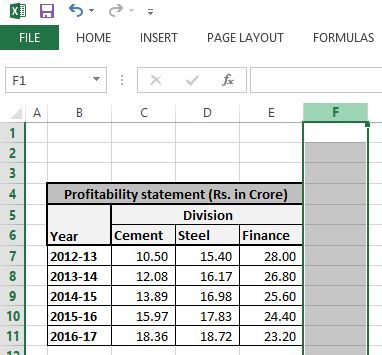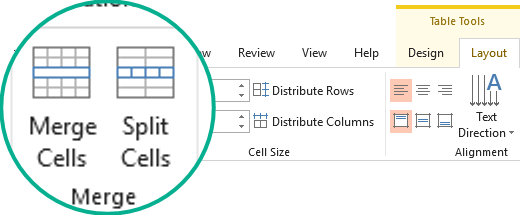

Next, we go to Formulas tab in the Defined Names group.Ĭlick the drop-down arrow beside Define Name. To do this, we're going to select the column "Friday."

In the snapshot below, we want to name the column Friday as "Friday." This way, when constructing formulas, we can simply enter in Friday instead of a range of cells. Since this number will not change between worksheets or workbooks, we can give it a name. For instance, let's say sales tax is 8 percent. Names can also represent an unchanging number (called a constant), or even a formula. You can also create a name to represent a cell, or a range of cells, for quicker reference in a formula. We hit Enter, and Excel calculated the function for us:Īs you learned earlier, a label is used to identify a range of cells, such as a column or a row. If you're adding more than one value, separate each value with a comma.īelow is an example of a function we typed into a cell: When typing a function into a cell, don't insert spaces between the equal sign, function name, and arguments. There are just a few things you need to remember before starting to insert functions into your spreadsheets: Then, after the name of the function, you provide the arguments of the function.

It doesn't matter if you enter it in uppercase or lowercase. After the equal sign, you enter in the name of the function. Excel does the rest for you.įunctions, just like formulas, always begin with an equal sign (=). The values that you supply are called arguments of the function. Whenever you use a function, you only have to supply the values the function will use. This can make it easier because you don't have to construct every formula yourself. A function in Excel, by definition, is a pre-designed formula that performs a certain calculation.


 0 kommentar(er)
0 kommentar(er)
